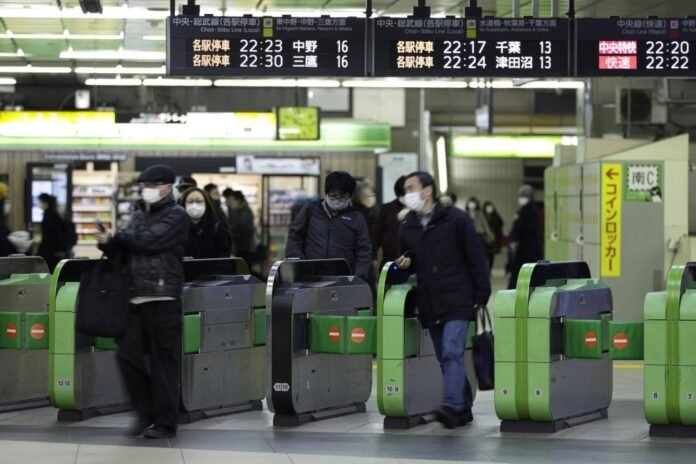Commuters in eastern Japan will say goodbye to the ubiquitous paper tickets with black magnetic layers when East Japan Railway (JR East) and seven other railway operators introduce a new QR code ticketing system by March 2027.
The move is aimed at making the ticketing system more sustainable and efficient and reducing recycling costs and machine errors, the companies said in a joint statement on Wednesday.
Currently, train passengers who purchase tickets must insert them into the ticket gate to enter and exit the platforms.
With the new paper QR code tickets, passengers just need to scan the code at the ticket gate, avoiding ticket holdups and reducing congestion and the frequency of maintenance.
In addition, the paper QR code tickets are more environmentally friendly and easier to recycle; For magnetic tickets, the paper and magnetic layer containing metal components must first be separated before being sent for recycling, the rail operators said.
Besides JR East, the other companies include Tokyo Monorail, which operates the monorail line connecting to Tokyo’s Haneda Airport; Keisei Electric Railway, which operates the Skyliner train service connecting Ueno and Narita Airport; and Tobu Railway, owner of the landmark Tokyo Skytree Tower.
Magnetic tickets were first introduced in the late 1960s, when the first automatic ticket gate was installed in Osaka, and were the standard payment method for trains until prepaid IC cards were introduced in the 2000s.
Since then, the use of magnetic tickets has declined – from about 35% of ticket revenue in 2007 to the current 5% to 10% – according to the statement.
The eight companies will use a single QR code shared ticketing system, they said.



